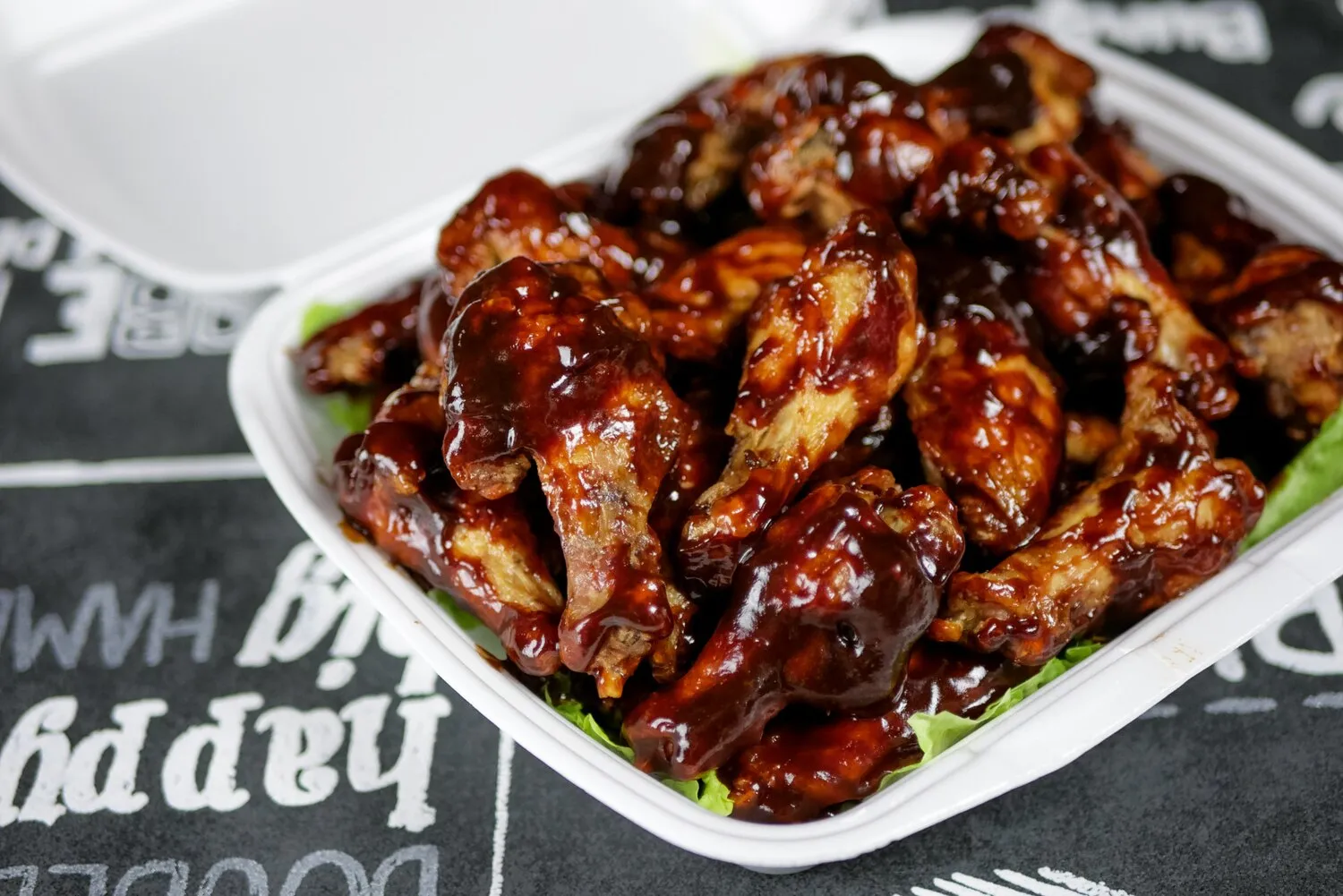
Polenta Board
Creamy polenta topped with a variety of savory toppings, often including mushrooms, sausage, or cheeses.
Nutrition Facts
* The % Daily Value (DV) tells you how much a nutrient in a serving of food contributes to a daily diet. 2,000 calories a day is used for general nutrition advice.
Polenta, a simple dish of cornmeal porridge, has been a staple in Northern Italy since the 17th century, when corn was introduced from the Americas. Originally a peasant food, it served as a filling and inexpensive way to sustain families. Over time, it evolved from a basic gruel to a versatile base for countless toppings and presentations, including the communal sharing dish known as the Polenta Board.
The Polenta Board is more than just a dish; it's a symbol of Italian hospitality and communal dining, encouraging shared enjoyment and conversation around the table.
Communal Eating
The Polenta Board is typically served family-style, with the polenta spread across a large board or platter and everyone helping themselves to the various toppings. This encourages sharing and conversation among diners.
Regional Variations
While the concept of a Polenta Board is widespread, the specific toppings vary depending on the region. For example, in mountainous areas, you might find wild mushrooms and game meats, while coastal regions might feature seafood.
Comfort Food
Polenta is considered a comfort food in Italy, often associated with warmth, family, and tradition. The Polenta Board elevates this simple dish into a special occasion meal.
The Polenta Board is a celebration of savory flavors, offering a delightful combination of creamy polenta with a variety of toppings. Earthy mushrooms, rich sausage, and sharp cheeses are common additions, creating a balanced and satisfying meal.
The polenta itself has a mild, slightly sweet corn flavor that serves as a blank canvas for the other ingredients. Mushrooms contribute an earthy umami, while sausage provides savory richness and a hint of spice. Cheeses, such as Gorgonzola, Fontina, or Parmesan, offer salty, tangy, and creamy notes that complement the other flavors. Fresh herbs like rosemary or thyme add aromatic complexity. Sometimes, braised meats like short ribs or rabbit are included for added decadence.
Polenta Consistency
The polenta should be creamy and smooth, not too stiff or runny. Stir it frequently during cooking to prevent lumps and ensure even cooking. Consider using a slow cooker for even easier prep.
Topping Quality
Use high-quality ingredients for the toppings. Fresh, seasonal produce and well-sourced meats and cheeses will make a noticeable difference in the overall flavor of the dish.
Presentation
Arrange the toppings artfully on the board around the polenta. Use different colors and textures to create an appealing visual display. Fresh herbs add a pop of color and aroma.
Temperature
Serve the polenta hot and the toppings at their ideal temperatures. Some toppings, like cheeses, may benefit from being served at room temperature to enhance their flavors.
Explore additional Appetizers dishes and restaurants
Explore AppetizersDiscover top dining spots and culinary experiences in Livingston.
Explore LivingstonLearn more about the food culture, restaurant scene, and culinary heritage of United States.
Explore United States